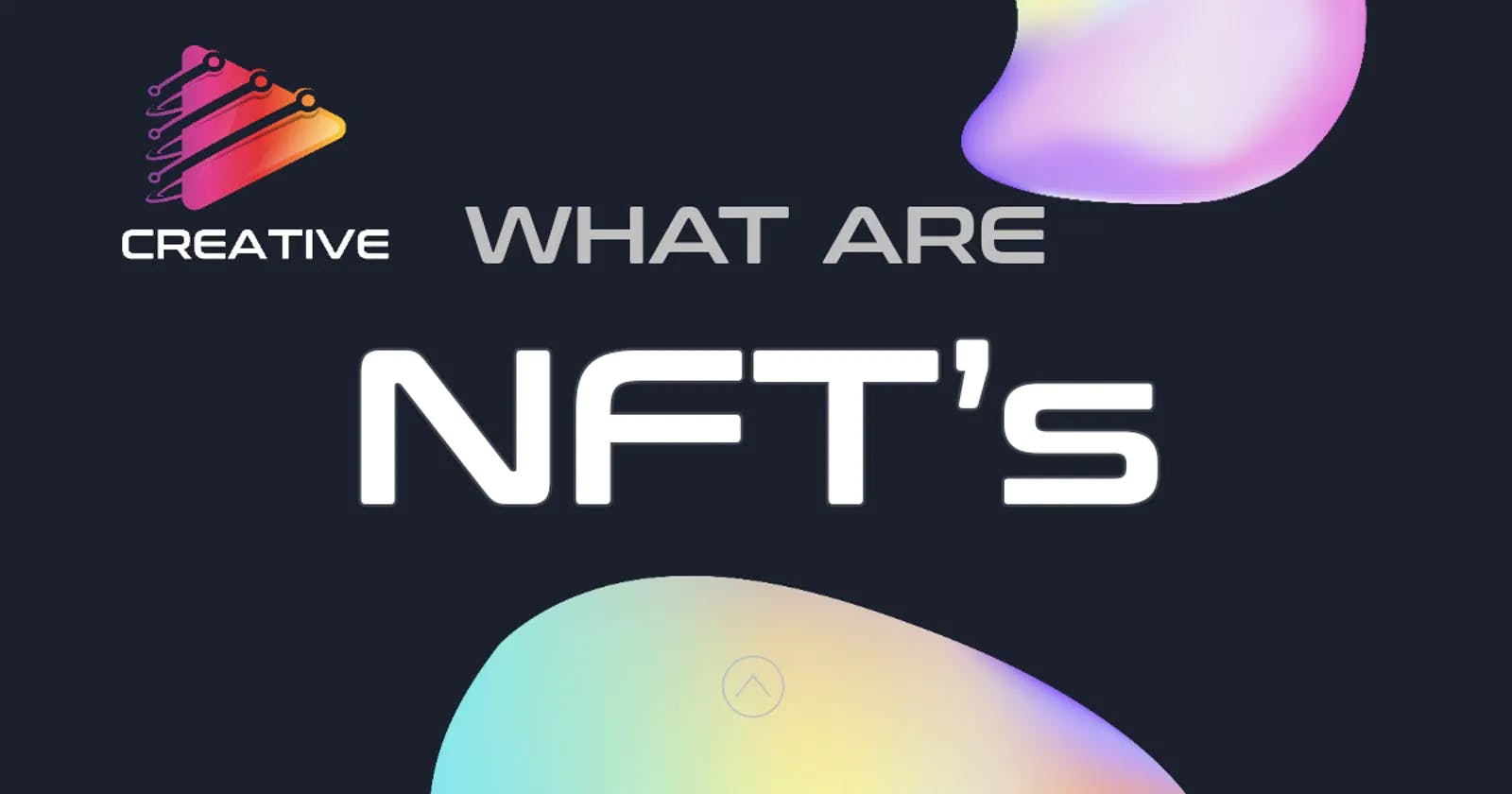Table of contents
In brief
- Non-fungible tokens (NFTs) are digital assets that are provably unique, creating digital scarcity. They can't be duplicated or divided.
- They have many use cases, including for digital collectibles, music, artwork, and in-game tokens.
Cryptocurrencies, utility tokens, security tokens, privacy tokens… digital assets and their classifications are multiplying and evolving right alongside cryptographic and blockchain technology.
Non-fungible tokens (NFTs) are another example of the fast-paced change in the industry. In this guide we explore what they are, how they work, and how they're being used.
What are non-fungible tokens?
Non-fungible tokens are digital assets that contain identifying information recorded in smart contracts.
It’s this information that makes each NFT unique, and as such, they cannot be directly replaced by another token. They cannot be swapped like for like, as no two NFTs are alike. Banknotes, in contrast, can be simply exchanged one for another; if they hold the same value, there is no difference to the holder between, say, one dollar bill and another.
Bitcoin is a fungible token. You can send someone one Bitcoin and they can send one back, and you still have one Bitcoin. (Of course, the value of Bitcoin might change during the time of exchange.) You can also send or receive smaller amounts of one Bitcoin, measured in satoshis (think of satoshis as cents of a Bitcoin), since fungible tokens are divisible.
Non-fungible tokens are not divisible, in the same way that you cannot send someone part of a concert ticket. Part of a concert ticket wouldn’t be worth anything on its own and would not be redeemable.
CryptoKitties collectibles were some of the first non-fungible tokens. Each blockchain-based digital kitten is unique; if you send someone a CryptoKitty and receive a CryptoKitty from someone else, the one you receive will be a completely different CryptoKitty from the one you sent. Collecting different digital kittens is the point of the game.
The unique information of a non-fungible token, like a CryptoKitty, is stored in its smart contract and immutably recorded on that token’s blockchain. CryptoKitties were originally launched as ERC-721 tokens on the Ethereum blockchain, but have since migrated to their own blockchain, Flow, to be easier for crypto newcomers to access. Did you know?
In late 2018, one player was so desperate to move to a "better location" in the virtual game Decentraland that they were ready to say goodbye to 2,800,000 MANA in order to purchase a land piece in-game. At the time of the deal, that was equivalent to over $215,200.
What makes NFTs so special?
Non-fungible tokens have unique attributes; they are usually linked to a specific asset. They can be used to prove the ownership of digital items like game skins right through to the ownership of physical assets.
Other tokens are fungible, in the same way as coins or banknotes. Fungible tokens are identical, they have the same attributes and value when exchanged.

